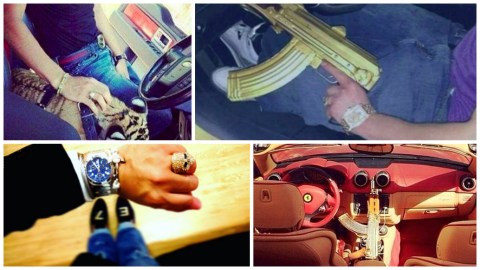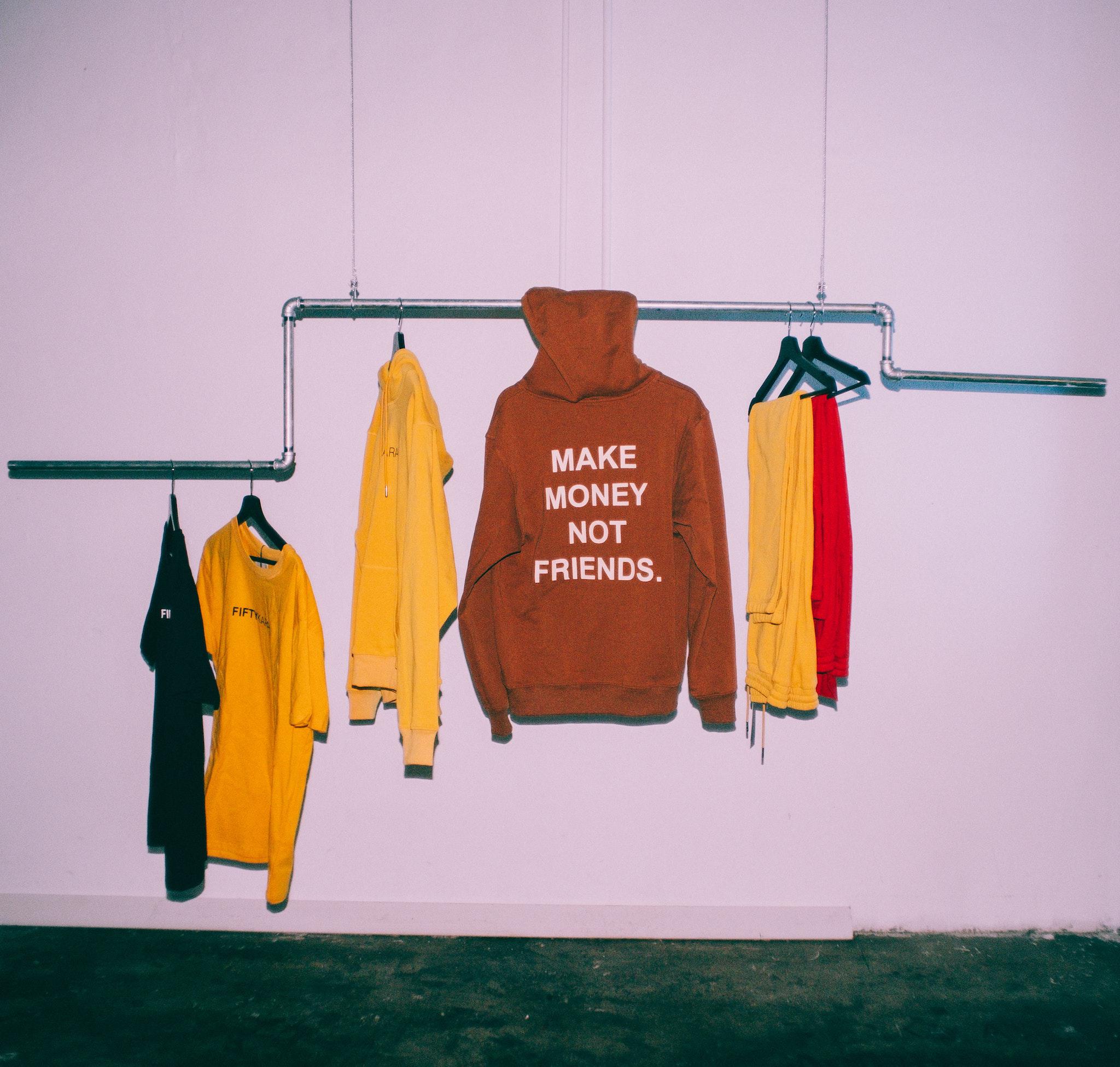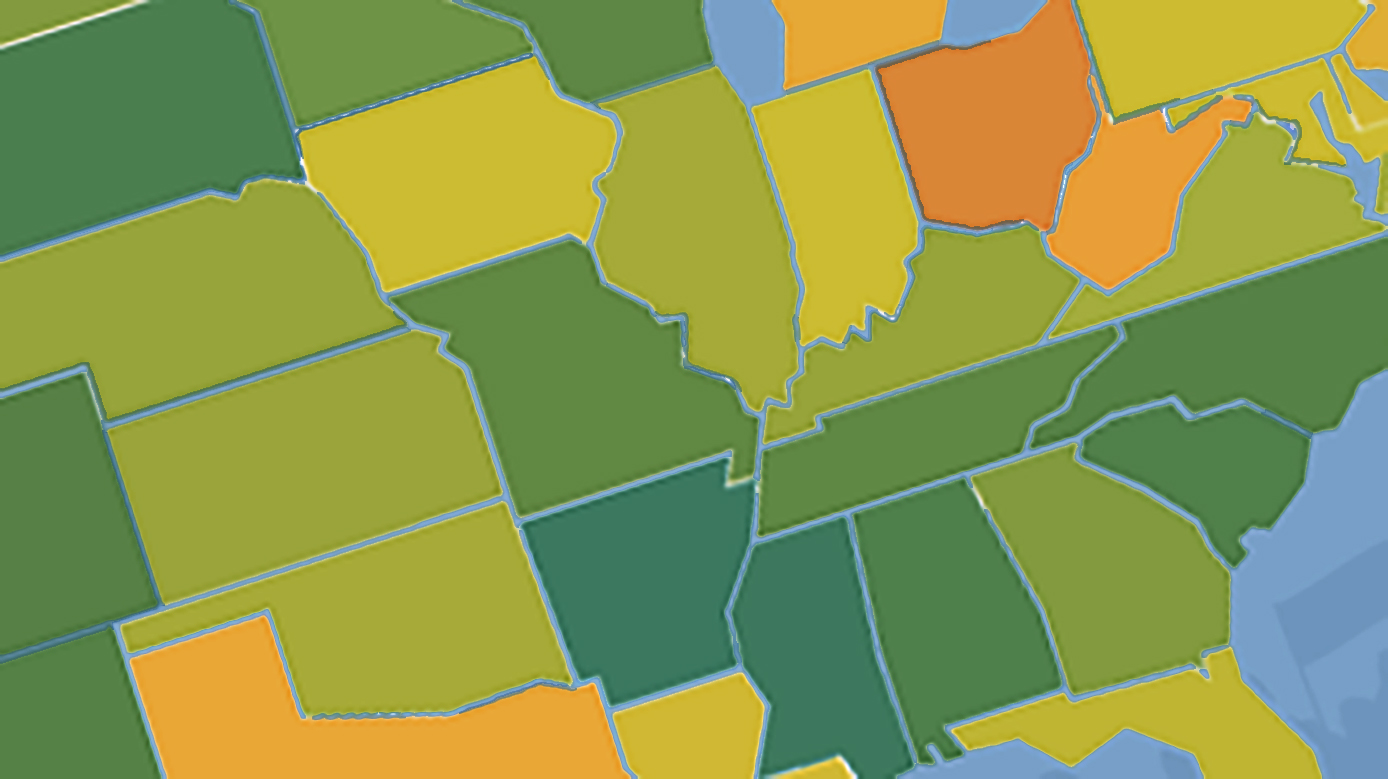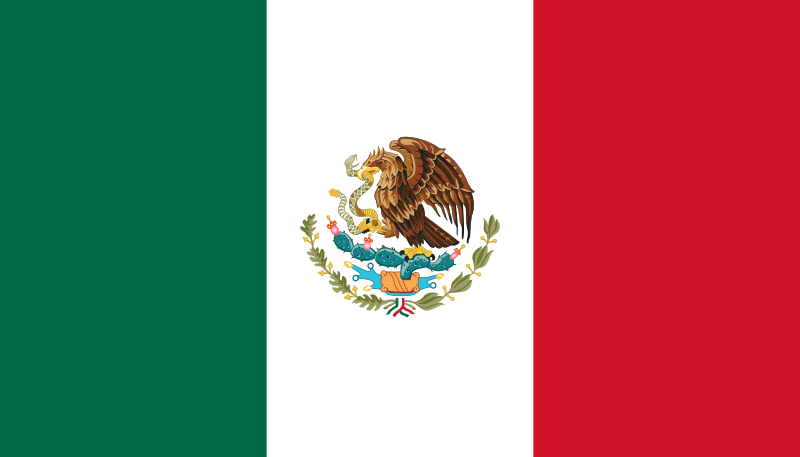The Strange Relationship Between Mexican Drug Cartels and Instagram

Loads of cash. Gold-plated guns. Pet tigers.
If you want to know what the narco-trafficking life is like, you only need to load up Instagram or Twitter and take a look. Found under hashtags like #elchapoguzman, #chinoantrax, and #lujosdelnarco, there a number of accounts which post pictures of the drug cartel lifestyle. For some, it’s a way to show-off. For others, a way to recruit. In the end, social media is used by cartels to advertise their brand and product. It’s also used by law enforcement to find them and bring them to justice.
“Horses, women, guns, alcohol, drugs, cars—all of this is what makes us part of the narcoculture,” says Arturo in an interview with The Kernel. Arturo is a 25-year-old engineer who lives in Sinaloa, Mexico. While his Instagram account is currently offline, at the time of the interview, many of his posts celebrated the cartel lifestyle. “Mexico has been overcome by narcoculture,” he says, “starting with the music. The regional Mexican music genre includes corridos, which always tell the reality of the country.”
As Arturo says, the brazen and ostentatious celebration of wealth and power by cartels isn’t new. It began with music. Known as narcocorridos, these ballads have existed in Mexico for years and glorify the lives of drug dealers. According to NPR, just hours after Sinaloa drug lord El Chapo Guzman escaped from prison for the first time, a narcocorrido appeared online celebrating his getaway. Indeed, El Chapo may have also triggered the uptick in social media usage by drug cartels.
From 2009 to 2011, Joaquín Guzmán Loera was considered by Forbes to be one of the most powerful people on the planet. Known by most as El Chapo Guzman (Shorty Guzman), Forbes in 2012 also named him 63rd on the list of most wealthy people in the world. El Chapo is the head of the Mexican Sinaloa Cartel and now, he sits, once again, in a Mexican prison, having escaped and been recaptured by Mexican Marines. But, before his current predicament, El Chapo led one of the most powerful and violent drug cartels in the world. The $3 billion in annual profits the cartel brought in afforded El Chapo and his family a lifestyle unique to only the wealthiest among us.
The Daily Mailreported last fall that in a bid to outdo one another, members of the Sinaloa Cartel amped up their flashy, gaudy social media postings. At the time, El Chapo’s three sons—Ivan,Alfredo, and Joaquin—posted pictures of gold-plated AK-47s, high-end automobiles draped in women and exotic animals, and loads of cash. Others followed suit. A high ranking member of Sinaloa cartel, Jose Rodrigo Arechiga-Gamboa, known as “El Chino Antrax,” shared so many photos of his exploits on social media that he ended up getting caught.
According to extradition documents, El Chino Antrax “rose to become one of the highest-level leaders of the Sinaloa Cartel. Despite traveling under a fraudulent Mexican passport by assuming the identity of a deceased individual, undergoing significant plastic surgery and attempting to alter his fingerprints, U.S. law enforcement officials were able to confirm [Chino Antrax’s] identity through forensic techniques.” Prior to his arrest, El Chino Antrax posted photos of his workouts, guns, and yachts.
“Chino Antrax is one of the highest-ranking Sinaloa Cartel kingpins ever prosecuted in the United States,” U.S. Attorney Laura Duffy said in a press release. “While we know that the world’s most powerful drug syndicate continues to operate, we also know that it is under intense pressure after a succession of high-impact, high-profile arrests and indictments of the organization’s highest-ranking players.”
So why do narcotraffickers post to social media, knowing that they are leaving clues to their whereabouts and activities?
“Obviously (cartel members) do not contribute to the well-being of the country,” says Arturo. “Most of them lived in poverty and chose the fast route. They chose easy money. It is a dangerous world, but they do not care.”




